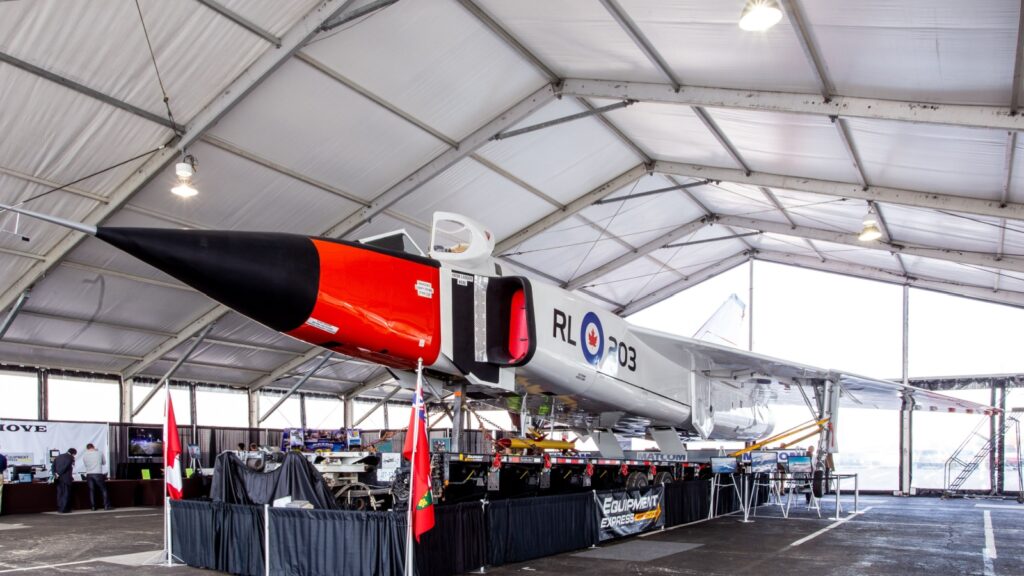While larger nations often dominate the headlines with military displays or economic power, Canada has repeatedly proven that intelligence, strategy, and timing can be just as influential. From global peacekeeping innovations to clever trade maneuvers and scientific breakthroughs that shifted world priorities, Canada has achieved victories that far exceeded its size. Here are 20 times Canada outsmarted global superpowers.
The Avro Arrow’s Technological Leap Ahead
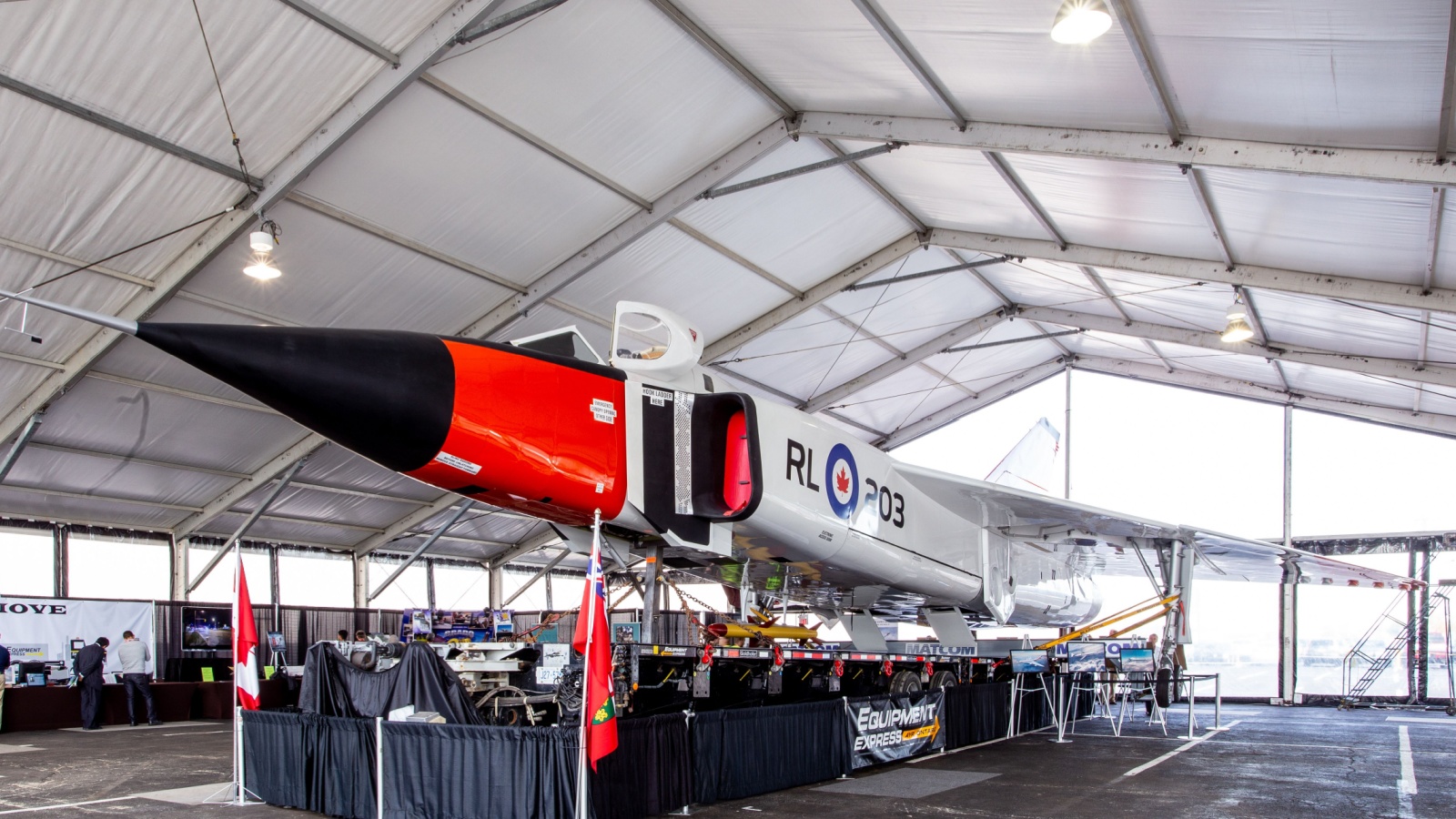
In the 1950s, Canadian engineers developed the Avro Arrow, a supersonic jet decades ahead of its time. It outperformed aircraft from the U.S. and the Soviet Union in speed, altitude, and radar capability. Though later cancelled under political pressure, the project’s technology impressed even American engineers, who incorporated similar designs into later U.S. aircraft. The Avro Arrow demonstrated that Canadian aerospace innovation could rival any superpower’s efforts and proved that breakthroughs could emerge from intelligence and precision rather than sheer defense spending. Many of its engineers were later recruited by NASA, influencing projects like Apollo.
Winning the Arctic Sovereignty Debate

When global powers began eyeing the Arctic for new trade routes and oil reserves, Canada moved strategically rather than confrontationally. By investing in Arctic infrastructure, mapping, and Indigenous partnerships, Canada solidified its legal and logistical presence before others could act. While nations like Russia and the U.S. made louder territorial claims, Canada’s approach, combining science, international law, and early deployment, positioned it as the legitimate voice in Arctic governance. Its investments in icebreakers, scientific stations, and environmental monitoring quietly built an unshakeable claim rooted in data, not politics.
The CANDU Reactor Revolution

Canadian scientists developed the CANDU nuclear reactor system, which didn’t require enriched uranium, a resource controlled by nuclear superpowers. This gave Canada independence in nuclear energy and made it a trusted exporter to countries wary of U.S. or Soviet influence. The technology was safer, more efficient, and offered smaller nations energy autonomy. It allowed Canada to dominate a niche market in global nuclear technology and influence energy policy through technical excellence rather than political power. The design remains one of the world’s most respected and is still used across continents today.
Strategic Role in the Suez Crisis
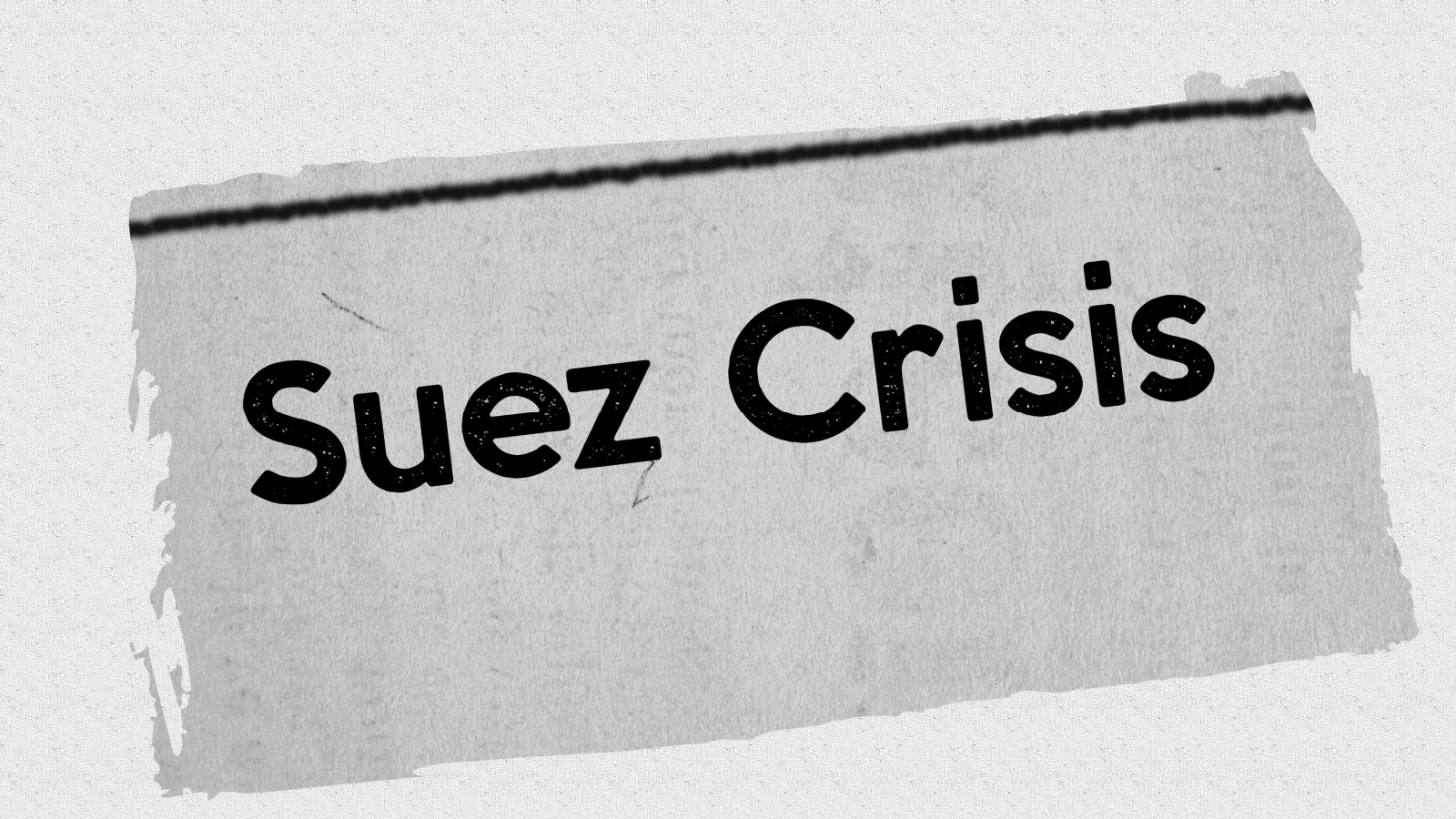
During the 1956 Suez Crisis, while Britain, France, and Israel used force to secure the canal, Canada’s Lester B. Pearson proposed a neutral peacekeeping force, an entirely new concept. His solution de-escalated one of the most volatile global confrontations without direct military intervention. The United Nations adopted the plan, establishing the modern peacekeeping framework and earning Pearson a Nobel Peace Prize. It was a diplomatic masterstroke that outshone the aggressive tactics of superpowers, proving that international cooperation could resolve crises where military might had failed.
The Quiet Mastery of NAFTA Negotiations

In the early 1990s, while the United States and Mexico dominated discussions on the North American Free Trade Agreement, Canada skillfully shaped key clauses to protect its industries. Canadian negotiators secured vital cultural exemptions, dairy protections, and environmental safeguards that many U.S. representatives underestimated. The result was an agreement that opened markets while preserving domestic control over cultural identity and natural resources. Canada emerged with both trade access and policy sovereignty intact, an outcome few smaller economies have achieved when facing a superpower neighbor.
Outsmarting the U.S. in Softwood Lumber Disputes

For decades, the U.S. imposed tariffs on Canadian softwood lumber, claiming unfair subsidies. Rather than retaliate, Canada turned to the World Trade Organization and NAFTA tribunals, consistently winning its cases. This legal precision outmaneuvered the political lobbying power of the U.S. industry and forced Washington to refund billions in duties. It proved Canada could use international law as an equalizer against a larger adversary. The victories reinforced Canada’s credibility in fair trade and highlighted its strategic patience in letting rules, not rhetoric, determine outcomes.
The Clarity of the Clarity Act

Following Quebec’s 1995 independence referendum, global observers expected internal chaos. Instead, Canada introduced the Clarity Act, which legally defined the conditions for any future secession, turning an emotional issue into a rule-based one. It set a global precedent for democratic conflict management, admired even in Europe and Africa. The Act neutralized separatist momentum by demanding a “clear question” and “clear majority,” effectively outthinking populist politics. By legislating reason into national unity, Canada turned potential fragmentation into a model of constitutional foresight.
Operation Yellow Ribbon After 9/11

When U.S. airspace closed during the September 11 attacks, Canada calmly handled an unprecedented aviation crisis. Over 200 diverted planes carrying thousands of passengers landed in Canadian airports. While U.S. systems were paralyzed, Canadian air traffic control, military coordination, and local volunteers created a seamless emergency operation. The effort became a global case study in logistical intelligence and compassion under pressure. It not only aided an ally in chaos but demonstrated how preparedness and empathy could outperform even the world’s most advanced systems in moments of crisis.
Leading the Global Ban on Landmines
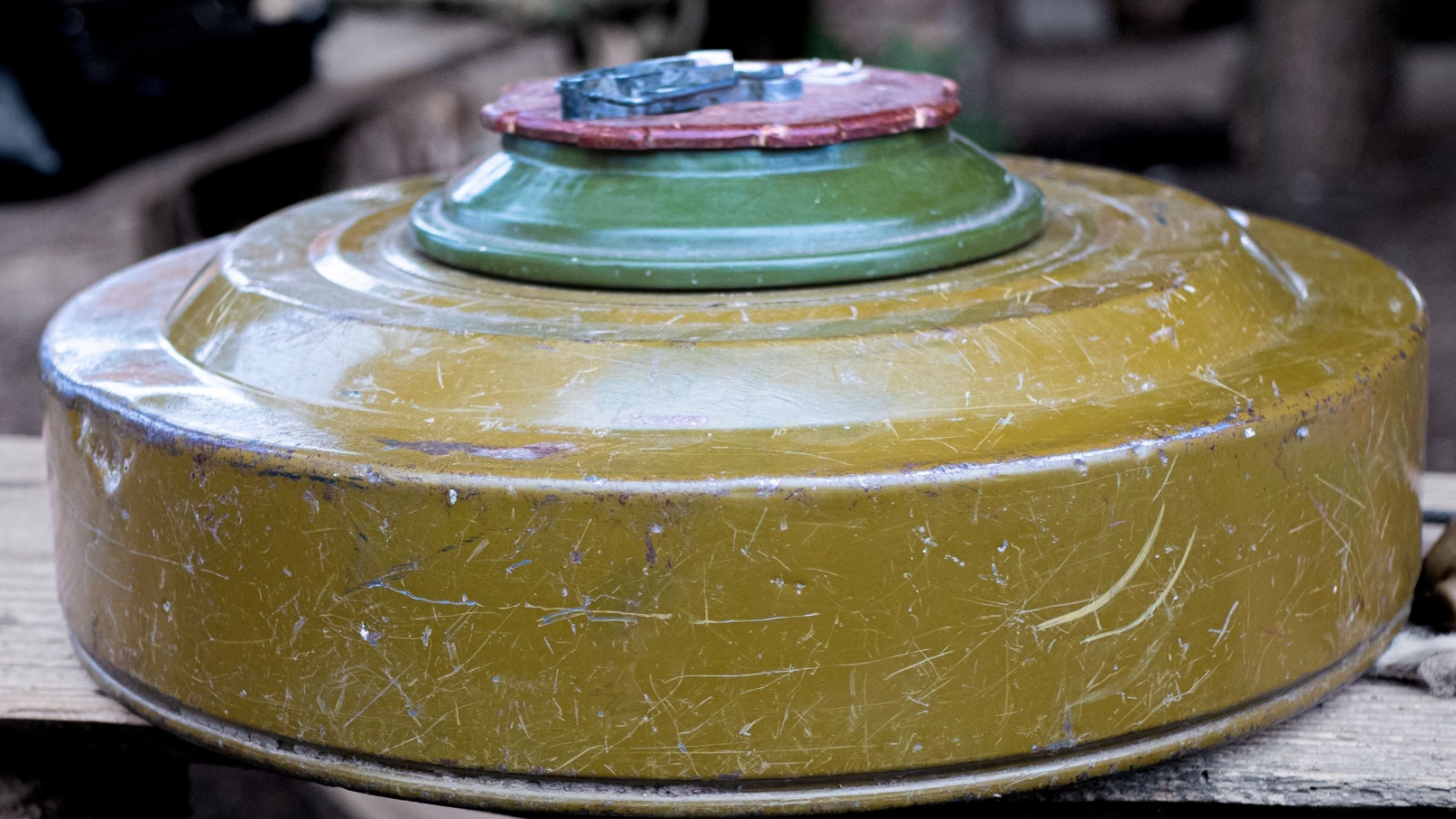
In 1997, while military powers hesitated to ban landmines for strategic reasons, Canada hosted and led the Ottawa Process. It mobilized over 120 countries to sign the Mine Ban Treaty, effectively shaming major powers like the U.S. and Russia for refusing. The campaign reframed disarmament as a humanitarian issue rather than military calculus, forcing the world to respond to moral leadership. Canada’s coalition-building bypassed the UN gridlock and reshaped international law, proving that alliances rooted in ethics could outmaneuver even the world’s most powerful defense blocs.
Beating Global Giants in AI Research

Before artificial intelligence became a geopolitical race, Canadian universities quietly led its development. Researchers like Geoffrey Hinton and Yoshua Bengio built the foundations of deep learning decades before tech superpowers recognized its potential. Their open-source approach made Canada the intellectual center of modern AI. By prioritizing academic freedom and collaboration, Canada attracted global funding and talent while retaining control over ethical frameworks. When the U.S. and China began competing for AI dominance, they were building on models Canada had already perfected, with Canadian minds leading major labs worldwide.
Navigating the Huawei Diplomatic Crisis

When the U.S. requested the arrest of Huawei executive Meng Wanzhou in Vancouver, Canada faced immense pressure from both Washington and Beijing. Rather than capitulate, Ottawa followed a rules-based legal process, maintaining judicial independence despite threats and sanctions from China. The measured approach preserved Canada’s international credibility while exposing the coercive tactics of both superpowers. Eventually, the resolution highlighted Canada’s commitment to law over politics, earning respect for its restraint and fairness in a geopolitical standoff where neither global power could claim moral victory.
Dominating Global Maple Syrup Economics

While it may seem trivial, the Quebec Maple Syrup Producers Federation outsmarted global trade systems by creating a strategic reserve, essentially an “OPEC for syrup.” By regulating supply, they stabilized prices and protected Canadian dominance in a billion-dollar market. The system prevented U.S. producers from undercutting prices and made global buyers dependent on Canadian exports. The “maple cartel,” as it’s sometimes called, is an example of economic strategy cloaked in agricultural policy. It quietly turned a cultural product into a controlled global commodity with unmatched market power.
Outsmarting the Oil Giants with Carbon Pricing

While superpowers debated over climate politics, Canada implemented one of the first nationwide carbon pricing systems that balanced economic growth with emissions reduction. Instead of penalizing industries harshly, the system recycled tax revenue into innovation and clean energy incentives. The model proved financially viable and politically stable, inspiring versions in Europe and parts of Asia. This pragmatic climate strategy outpaced larger nations still trapped in partisan gridlock. It showcased that intelligence in policy design could achieve what global summits often fail to deliver: measurable results.
Punching Above Its Weight in Space Exploration
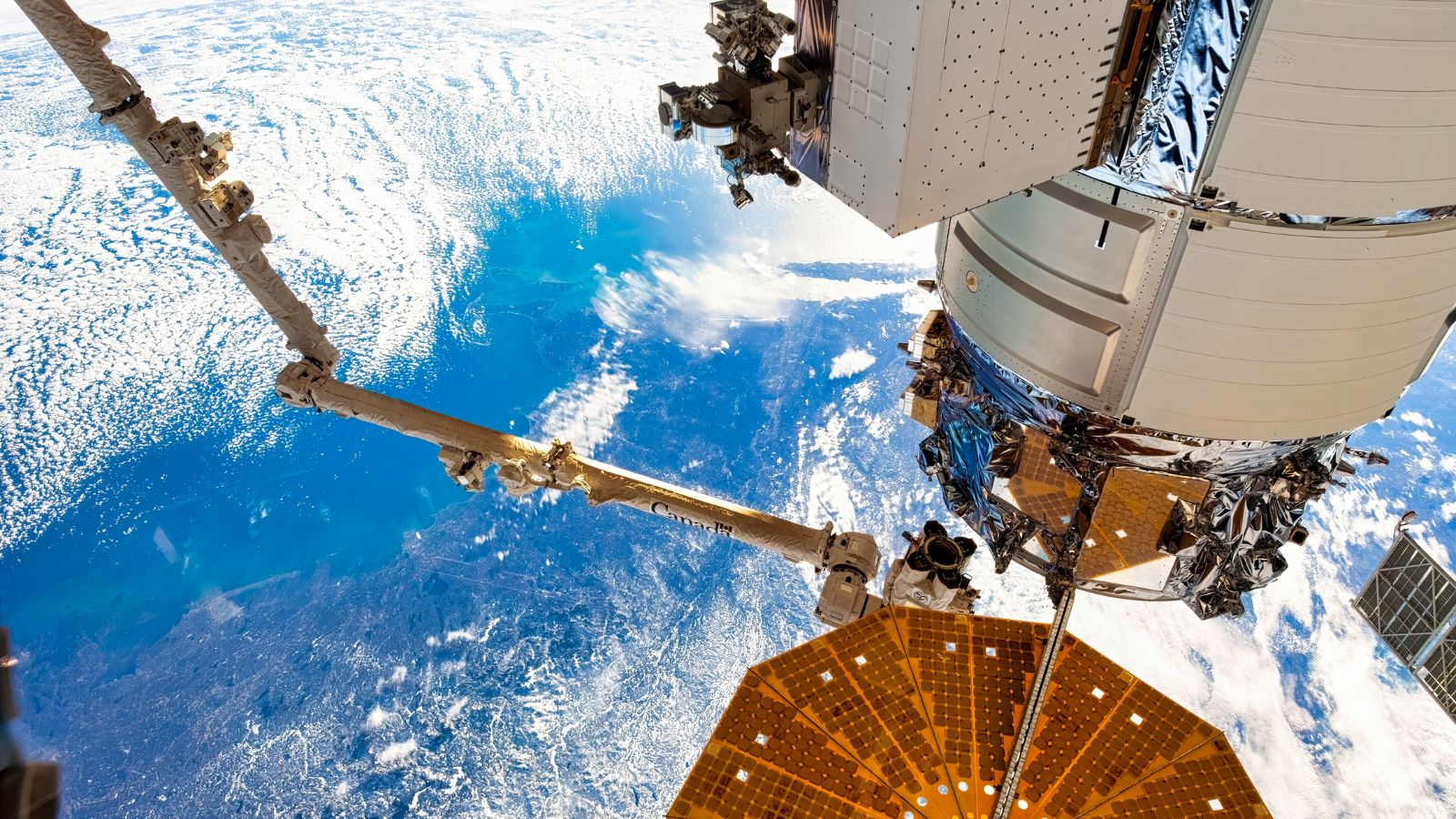
When NASA sought precision robotics for space missions, Canadian engineers developed the Canadarm, which became indispensable for satellite repair, spacewalks, and the International Space Station. Instead of competing through billion-dollar rockets, Canada specialized in high-tech components that no other country could replicate with such reliability. The Canadarm’s legacy continues through its successor, Canadarm2, used on the ISS. This technical specialization allowed Canada to hold a permanent seat at the table of space superpowers without the massive expenditures of a space race, an elegant example of strategic innovation.
Winning the Vaccine Diplomacy Game

During the COVID-19 crisis, Canada leveraged global supply chains and diplomatic relations to secure vaccine doses from multiple countries, avoiding dependence on any single supplier. While superpowers faced political backlash over vaccine nationalism, Canada diversified contracts early and built partnerships through COVAX. Its quiet foresight ensured one of the world’s highest vaccination rates per capita. More importantly, it used diplomacy instead of confrontation to secure access, a lesson in how coordination and timing can outperform brute negotiating power in times of scarcity.
The Strategic Value of Cultural Diplomacy

Rather than projecting military might, Canada cultivated global influence through cultural diplomacy. From film and literature to hockey and education, it turned its national identity into a form of soft power that rivals couldn’t imitate. Canadian scholarships, broadcasting cooperation, and immigration policies built trust worldwide. The approach has given Canada disproportionate global respect in international forums, even among nations with far greater budgets. It’s a subtle, long-term strategy that made the maple leaf a symbol of reliability and civility, achieved not through force, but through consistent cultural investment.
Outsmarting Banking Crises with Caution

When global banks collapsed during the 2008 financial crisis, Canadian institutions remained stable. Years earlier, regulators had enforced conservative lending rules, mandatory insurance, and strict capital ratios, often criticized by U.S. and European economists as overly cautious. When the crash hit, those same rules protected Canada from systemic failure. The IMF later ranked Canadian banks among the safest in the world. While superpowers scrambled to bail out institutions, Canada’s foresight made restraint look like genius. It was a quiet victory rooted in risk awareness rather than risk-taking.
Negotiating the Auto Pact Advantage
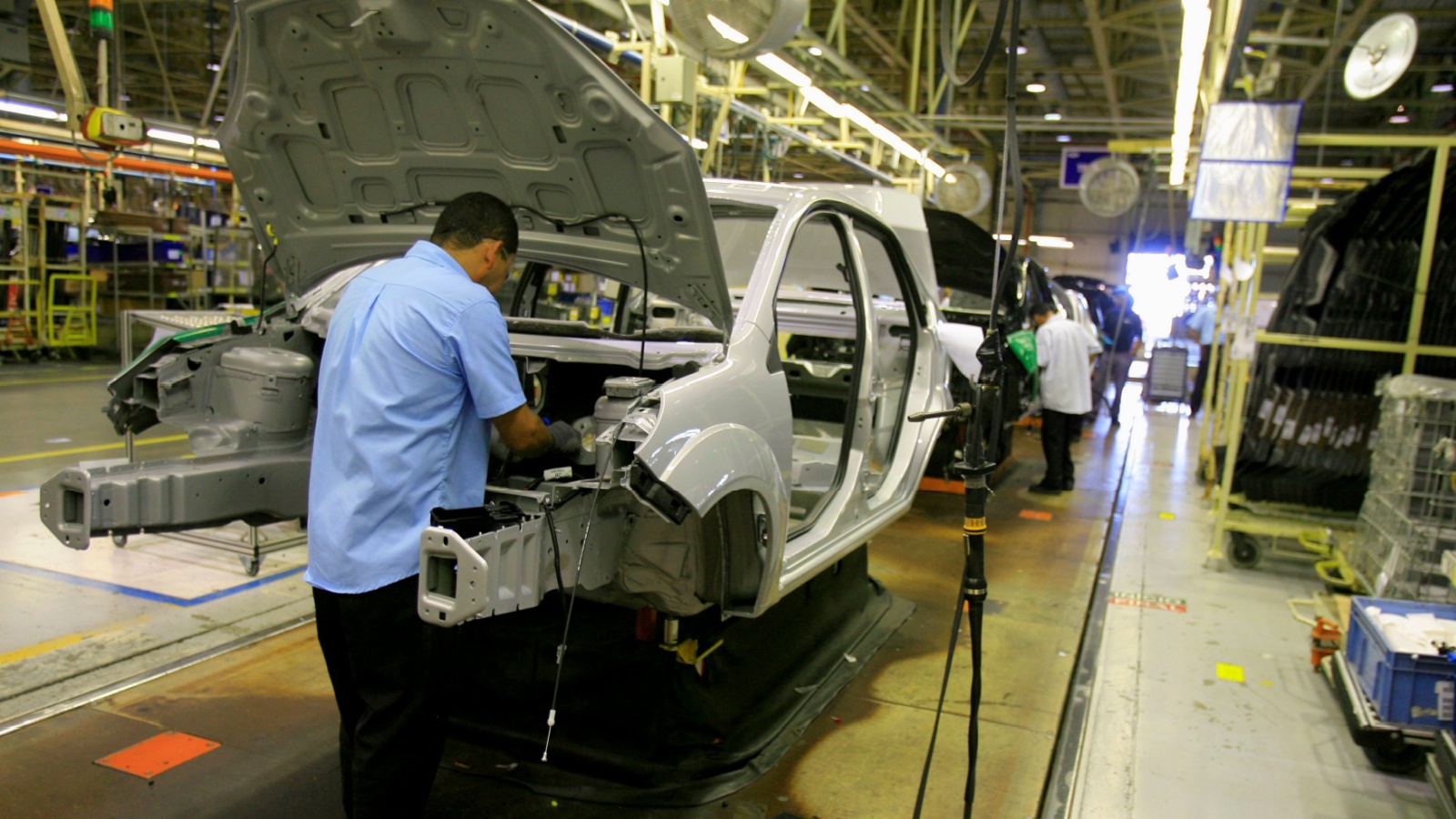
The 1965 Auto Pact between Canada and the United States turned out to be one of the smartest economic deals of the century. It guaranteed that U.S. automakers would build as many vehicles in Canada as they sold there, ensuring industrial growth and thousands of jobs. The deal effectively tied the North American auto industry together, securing benefits disproportionate to Canada’s market size. While American negotiators viewed it as a simple trade alignment, it gave Canada decades of manufacturing stability and access to advanced automotive technology without heavy subsidies.
Building the World’s Most Trusted Immigration System

While global superpowers struggled with immigration controversies, Canada engineered a points-based system that rewarded skills, education, and adaptability. This approach created a highly qualified immigrant population that strengthened the economy while minimizing social tension. The strategy has since been studied and replicated by Australia, the U.K., and the EU. It turned immigration from a political battleground into an economic advantage. By aligning national growth with global mobility, Canada quietly mastered one of the most complex policy challenges facing modern nations.
Turning Peacekeeping into Global Identity

In the Cold War era, while superpowers built nuclear arsenals, Canada built its reputation as a peacekeeping nation. Its forces participated in over 70 UN missions, often serving as mediators rather than aggressors. This identity provided global influence disproportionate to its military size. Countries trusted Canadian peacekeepers to operate impartially, giving Canada diplomatic leverage that even nuclear powers lacked. The peacekeeping legacy reshaped how smaller nations could project power, through credibility, not confrontation. It remains one of the most enduring examples of strategic global positioning through ethics and trust.
21 Products Canadians Should Stockpile Before Tariffs Hit

If trade tensions escalate between Canada and the U.S., everyday essentials can suddenly disappear or skyrocket in price. Products like pantry basics and tech must-haves that depend on are deeply tied to cross-border supply chains and are likely to face various kinds of disruptions
21 Products Canadians Should Stockpile Before Tariffs Hit
